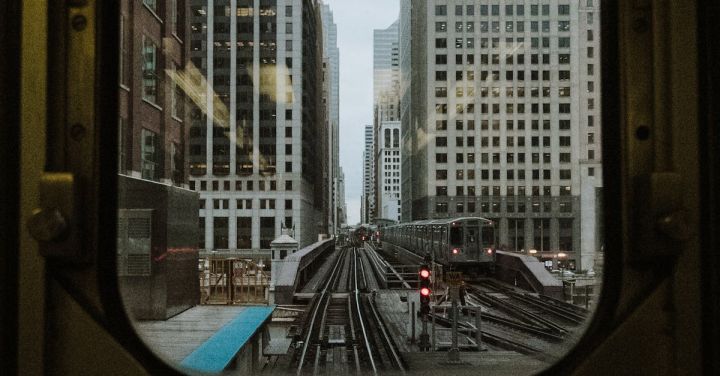In the vast world of transportation, trains have always held a special place. These massive steel machines, gliding effortlessly across tracks, have been a symbol of progress and connectivity for centuries. But have you ever wondered how these trains navigate through the labyrinth of railways, avoiding collisions and ensuring a smooth journey for passengers? The answer lies in the invisible hands of signaling systems.
Signaling systems act as the eyes and ears of train operations. They are the unsung heroes that ensure trains stay on track, quite literally. These systems are a complex network of technologies, designed to control and monitor train movements, signal changes, and track conditions. Without them, chaos would ensue, and the risk of accidents would skyrocket.
So, how do these signaling systems work their magic? Well, it all begins with track circuits. These are electrical circuits laid along the tracks, divided into sections. When a train is present on a section, it completes the circuit, sending a signal to the control center. This alerts the system that the section is occupied, preventing other trains from entering.
But track circuits alone are not enough to ensure safe train operations. This is where interlockings come into play. Interlockings are the nerve centers of signaling systems. They are sophisticated computerized systems that manage the movement of trains by controlling track switches and signals. They ensure that trains are directed to the correct path, avoiding collisions and maintaining efficient traffic flow.
Within interlockings, there are various components working in harmony. One such component is the signal. Signals are the visual indicators that inform train operators of track conditions ahead. They use a combination of lights and colors to convey messages. Green signals indicate a clear track, while red signals warn of an upcoming obstacle. These signals are strategically placed along the tracks, allowing train operators to make split-second decisions based on the information they provide.
Another vital component of signaling systems is the switch. Switches are mechanical devices that allow trains to change tracks. They consist of movable rails that guide the train onto a different path. These switches are controlled by interlockings, ensuring that trains are directed safely without any conflicts.
In addition to track circuits, interlockings, signals, and switches, signaling systems also employ advanced technologies like Automatic Train Control (ATC) and Positive Train Control (PTC). ATC uses computerized systems to automatically regulate train speeds, ensuring safe distances are maintained between trains. PTC, on the other hand, uses GPS technology to monitor train positions and enforce speed restrictions in critical areas.
While signaling systems may seem like a hidden world, their importance cannot be overstated. They are the invisible hands that guide trains, ensuring the safety of millions of passengers every day. These systems have evolved over time, becoming more sophisticated and reliable. They have revolutionized train operations, allowing for faster speeds, more efficient schedules, and reduced delays.
In conclusion, signaling systems are the unsung heroes of the railway industry. These intricate networks of technologies work tirelessly behind the scenes, ensuring smooth and safe train operations. From track circuits to interlockings, signals to switches, these systems form an invisible web that guides trains on their journeys. So, the next time you board a train, take a moment to appreciate the invisible hands that keep you safe and on track.
